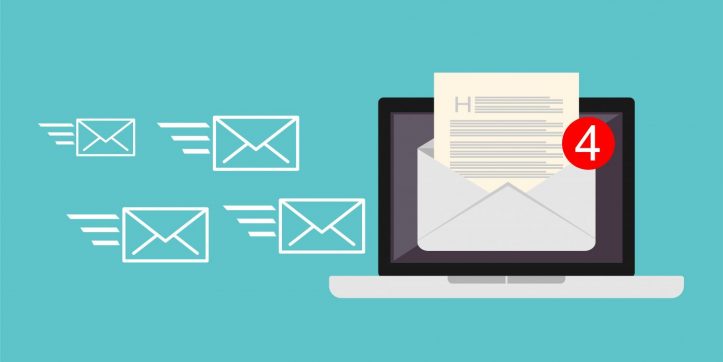Within the Internet email system, an email server, or email exchange, is software which transfers email messages from one computer to a second using SMTP, or Simple Mail Transfer Protocol. The terms server and mail exchanger are sometimes used interchangeably. In some regards, there is no difference between a server and an exchanger. In other words, a server is a computer on the Internet that acts as an intermediary between a client computer and the Internet.
There are two parts to servers. The first part is the server software which maintain a set of communications with the outside world, and the second part is called the Internet mail server or POP3 (SMTP) server. The computer components within a server include programs like anti-virus, spam checker, and anti-spyware. The first part allows users and administrators of the computer to access emails on the servers and make local copies or scans. The second part allows the recipients of the emails to access the emails. The server maintains the integrity of the entire network of the Internet, including the security of all connections, user authentication, and the content of the network.

An IP (Internet Protocol) is a series of numbers that uniquely identifies a computer or internet-connected device. To learn more about IP networks and how they work, read How Does IP Networks Work? An IP network connects two computers through a domain name. A domain name is a string of numbers and letters that identifies a particular computer or internet-connected device. Domains can be related to IP addresses by class or domain name. There is a hierarchy of domains, starting from the most basic such as com or net to the most complex like cox or tca.
An ISP, as the name suggests, is an entity or group of entities that offer this service. There are many kinds of such as cable companies, mobile phone providers, local phone companies, private firms, ISPs with data centers, and others. It is quite possible for small companies to have their own ISP as the company owner may not be interested in or capable of managing a large number of servers. Large companies usually hire an ISP to provide them with a mail server function. Email servers allow many users to access their company email system and send and receive emails at the same time.
Email services also provide security services. A mail server can be configured to control which users have access to various parts of the network. It can configure the distribution of files to different users and servers, determine the time that emails are sent and received, control the time that other users are allowed to access the mail client, restrict or deny the sending and receiving of fax messages, control whether or not a fax service is active, manage and maintain the users mailboxes and others. The complete list of functions is rather long. There is no doubt that email services will continue to grow and expand.
An email server also enables organizations to manage and remote manage the distribution of their newsletter, electronic newsletters, drafts and other electronic versions of documents. All documents sent from one location are eventually distributed to the recipients without the need of a physical file storage system. A mail server can enable or disallow delivery of documents by email. It can be either ‘attached’ or ‘static’. A static email server allows the users to update and add new addresses while a ‘attached’ mail server enables the user to upload documents that can be loaded directly to the recipients without the need for uploading the documents to the user’s web space.
An email server is used by an individual user or a corporate organization to access the local area network of the Internet. The user is provided with a host name and IP address through the Internet service provider. The user’s computer becomes part of the Local Area Network of the Internet providing the user with a mail server identity. This is in contrast to an email client, which is typically hosted on a web server by an Internet service provider. An email client has been designed to perform tasks such as checking the inbox, transferring mail from a fax machine or a POP3 account to the user’s email address and reading and printing emails.
Users access their mail servers using different applications. A user can connect directly to an IP address, or they can connect to a domain name. This connection requires the use of software to establish a secure gateway which authenticates all data received and sends it correctly to the destination mailbox. Users can create or change their passwords or confirmations for email systems. They can also set up permission-based groups that allow access to certain areas of their email system or control who has access to particular email addresses. Mail servers are usually offered by the Internet service providers (ISP).